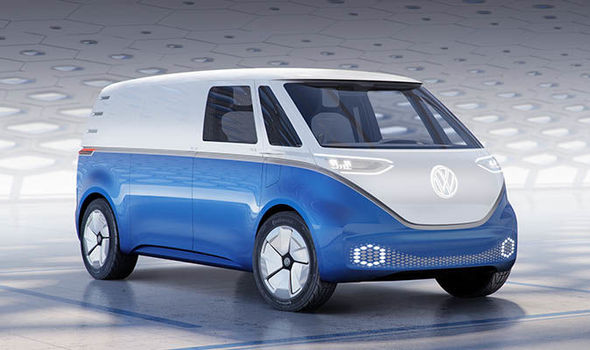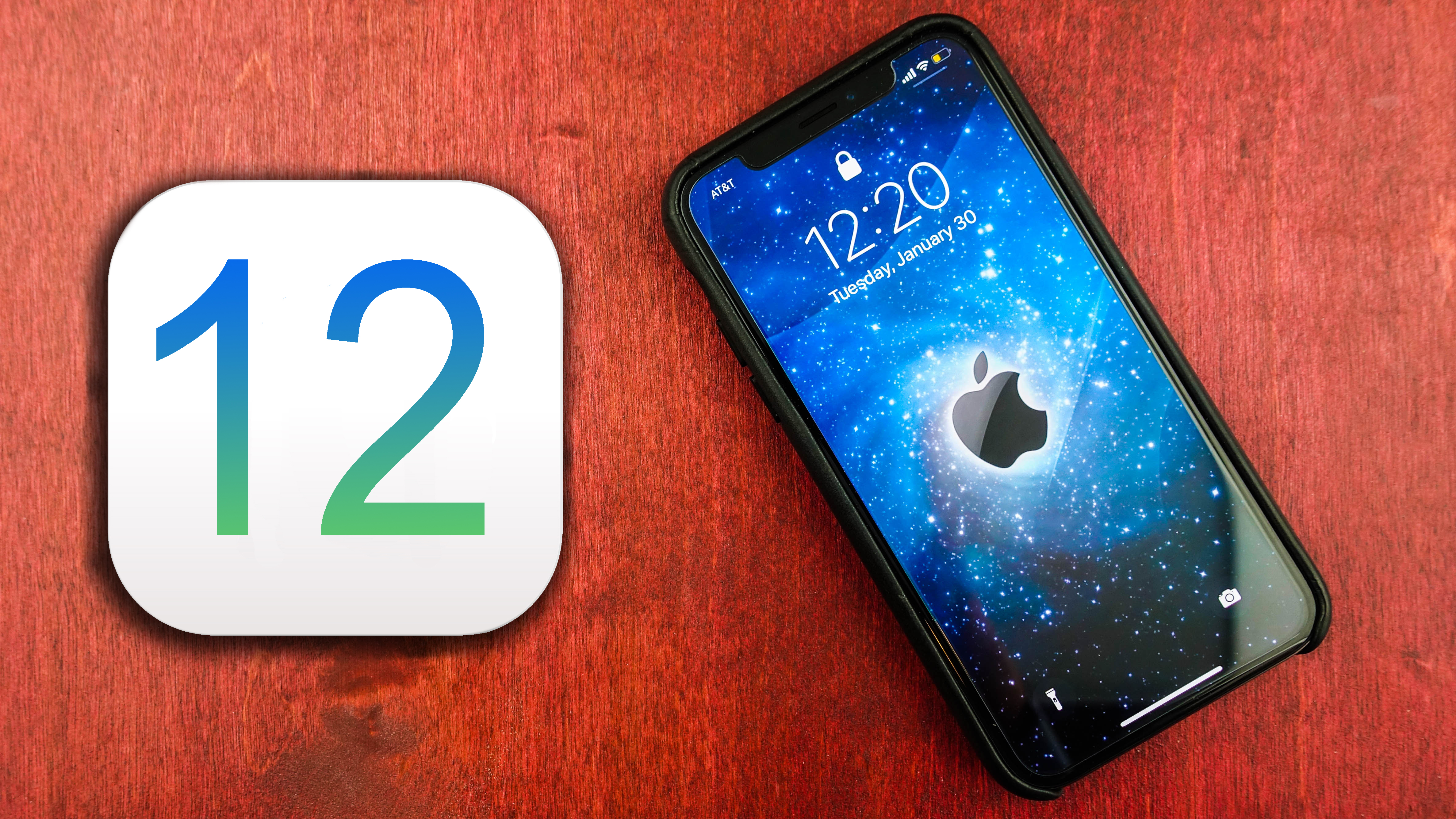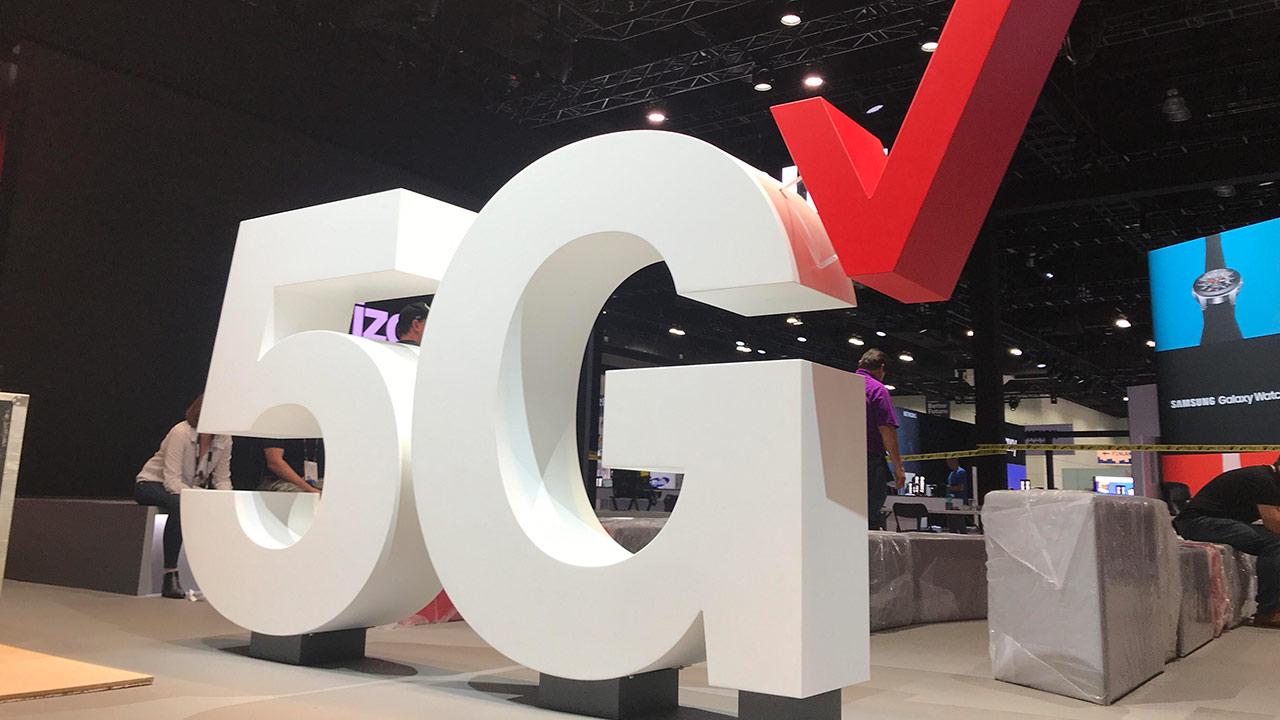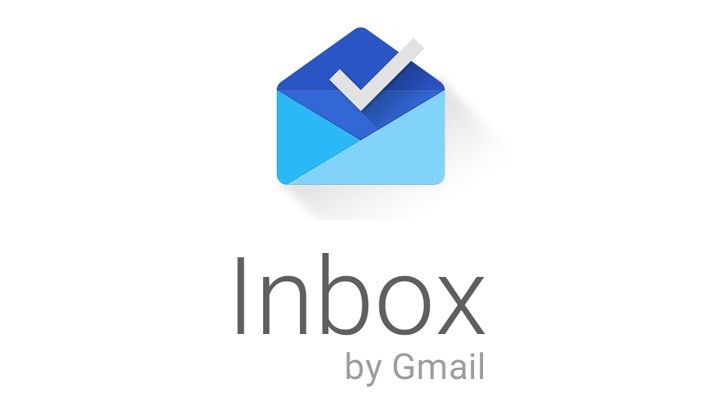Amazon Added New Product to its Echo Speaker Series
Amazon hosted its hardware event in Seattle, Washington, in the Amazon’s Spheres biodome, located next to its corporate office. In the one hour of the hardware event, senior vice president of devices and services, Dave Limp claimed to showcase 70 products, including 13 new devices and new software updates. The event was a sign that Amazon is trying really hard to expand in every field.
In the new launch, Amazon has focussed on its Echo-branded speakers as its priority. It has updated its Echo Dot, Echo Plus, and Echo Show speakers, enhancing the sound and look up to 70 per cent.
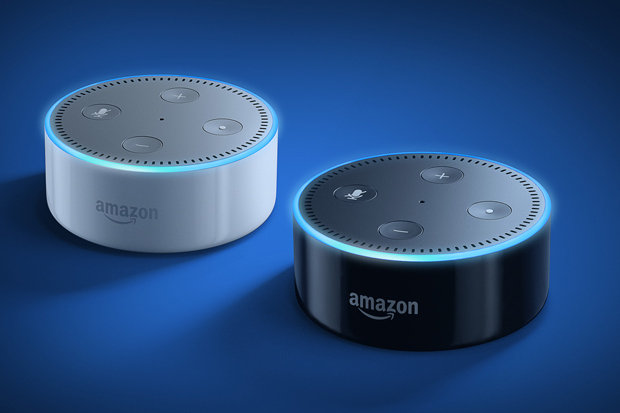
The exterior of those speakers has also been changed to a better version increasing the size of the speakers. Even the addition o new features to the speakers, these are still available at the same price. The Echo Dot is available for $69.64 (Rs 4,499) and the Echo Plus, with a larger 3-inch Neodymium woofer is available for $208 (Rs 14,999). The Echo Show, on the other hand, is out with improved sound, 10-inch HD display and even support for Microsoft’s Skype for video calling. The Echo Show with its new update, have got a web browser access for the users, on which the user can play music or search any recipe. The cost of Echo Show’s new updated version is $228 (Rs 16,407).
The major new products that Amazon has launched, comprises the series of the Echo Companion speakers. The Echo Companion series covers the Echo Sub, Echo Link, Echo Link Amp, and the Echo Input. The cost of the Echo Sub is $130 (Rs. 9334) and can be used by plugging into one or two Echos. The Echo Link and Echo Link Amp are the Sub Bwoofer, that can be paired with a stereo, making the stereo an Alexa-powered sound station. The latter product is having an additional amplifier, as well. The Echo Link is $200 (Rs 14360) box and the Echo Link Amp costs around $300 (RS 21540). The Echo Input has a four-microphone array, that is built for receiving commands from any of the rooms in a house, and is designed to support multiroom audio, so, that you can play the same song in multiple rooms.
Amazon is not only providing you with the home speakers but, also has entered into your car. It has launched an in-car speaker, powered by Alexa: Echo Auto. The Echo Auto uses the Amazon Smart Plug, worth $24.99 (Rs 24.99), and the price of the former is $49 (Rs 3518), and $25 (Rs 1795) for special invites.
Along with the speakers and the subwoofers, a wall clock with a ring of LEDs around the clock face, compatible with all of the Amazon Echo devices, costing $29.99 (Rs 2153), the Fire TV Recast DVR box providing 500GB storage, costing $229 (Rs 16442) and a microwave oven enabled by Alexa, costing $59.99 (Rs 4307), were also launched during the event. The products are ready for pre-order and will be available by the end of October 2018.

Yashica is a Software Engineer turned Content Writer, who loves to write on social causes and expertise in writing technical stuff. She loves to watch movies and explore new places. She believes that you need to live once before you die. So experimenting with her life and career choices, she is trying to live her life to the fullest.
